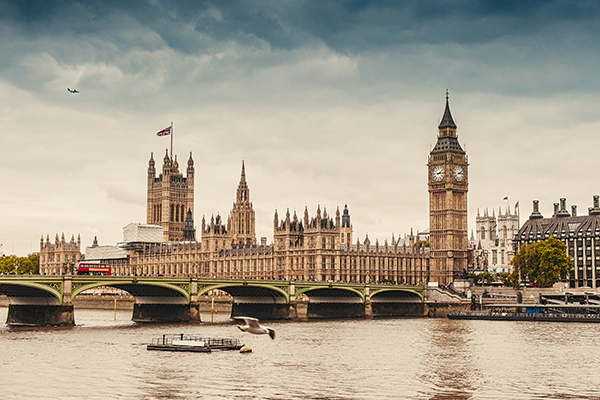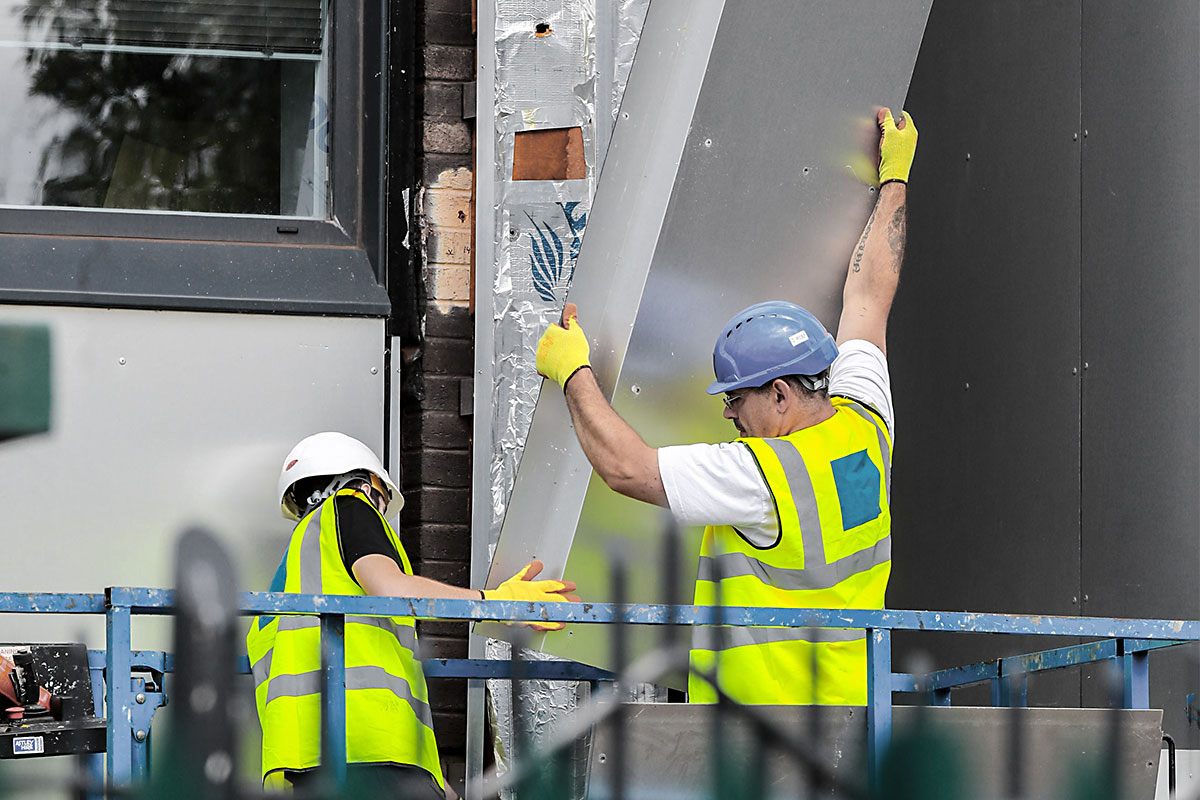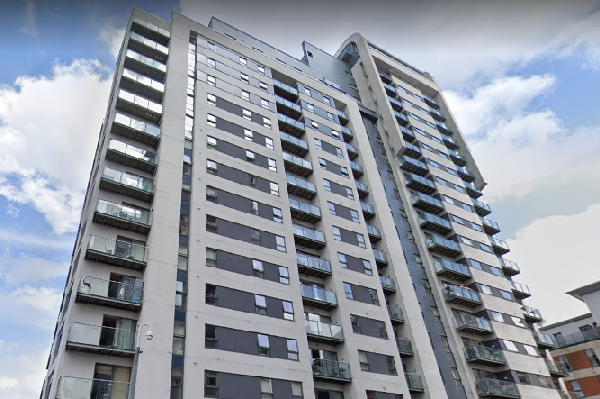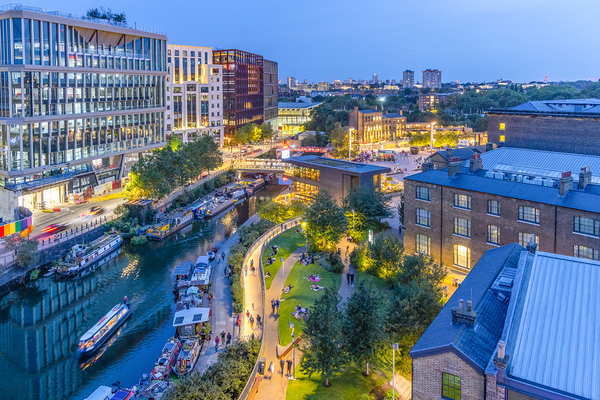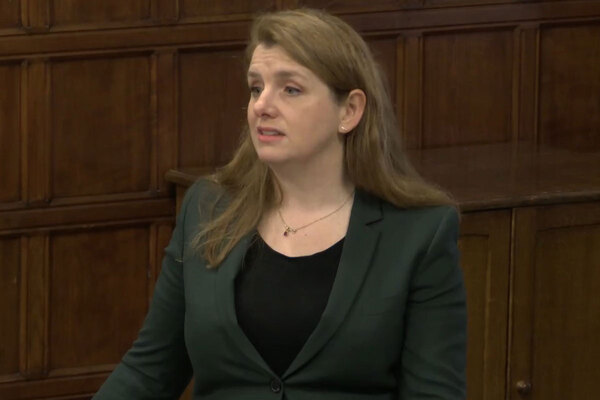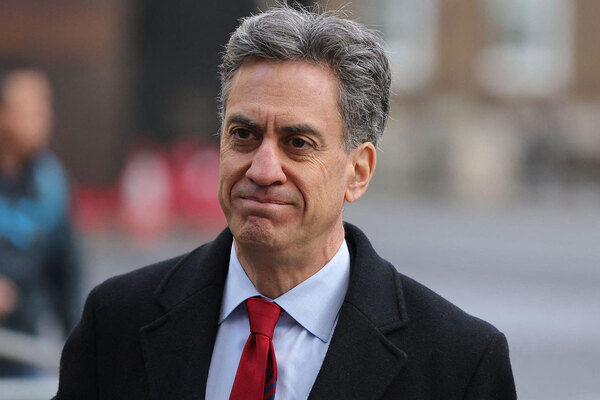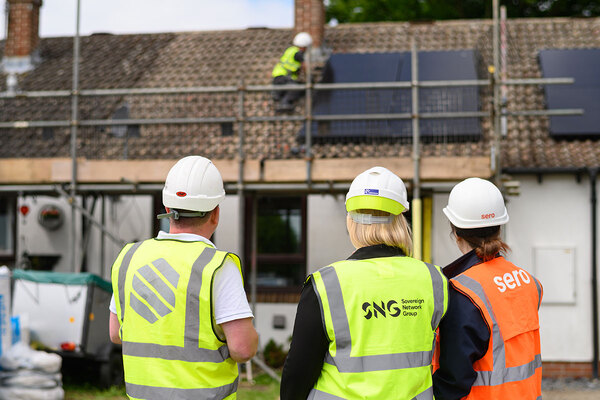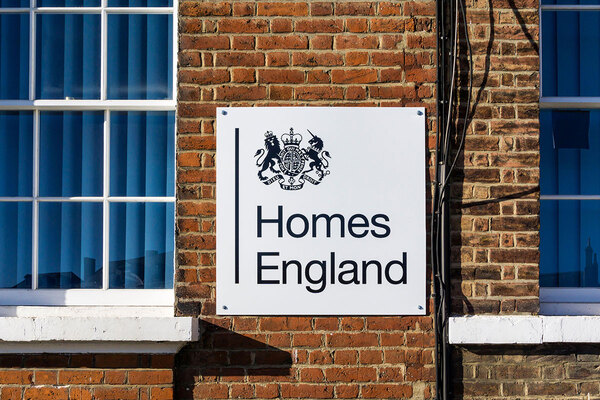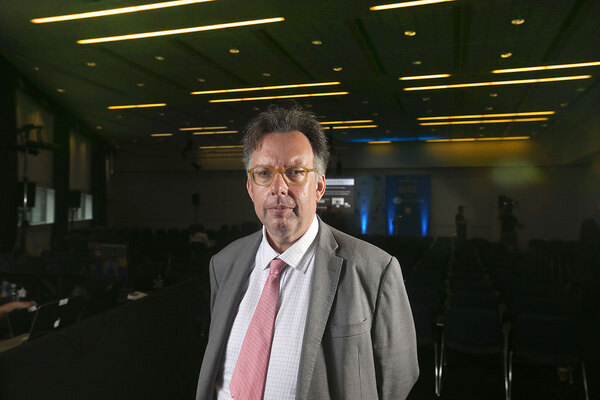You are viewing 1 of your 1 free articles
Government fire expert signed certificate saying ‘Class 0’ cladding could be used on high rises
A government fire safety expert signed a certificate saying cladding with the same rating as that used on Grenfell was permitted on tall buildings under official guidance.
Inside Housing has seen a certificate from March 2012 bearing Sir Ken Knight’s signature saying Class 0 material can be used “on external surfaces of multi-storey buildings above 18m”.
The government has repeatedly claimed building regulations did not allow the material used on Grenfell, which was also Class 0, on buildings above 18m.
Sir Ken is currently heading up the government’s independent panel on fire safety, which was appointed immediately after the Grenfell Tower fire to advise on building safety measures.
The emergence of the latest certificate follows the release of another signed by Sir Ken, certifying a similar material to that used on Grenfell as Class 0.
The latest certificate was for Alubond panels with a fire-resistant core – a more fire-resistant material than the polyethylene-cored panels on the tower in west London.
But the crucial issue is the document’s statement on the products’ ‘field of application’.
This says that under the provisions of Approved Document B, the material could be used “on external surfaces of multi-storey buildings above 18m high providing cavity barriers are in situ”.
Approved Document B, the official guide to building regulations, sets the standard of Class 0, or Euroclass B, for external surfaces of buildings above 18m.
Class 0 is a test which measures only the surface spread of flame.
However it sets a much higher standard of ‘limited combustibility’ for insulation material on these buildings.
Since the fire, the government has repeatedly claimed external cladding should have met this higher standard of ‘limited combustibility’, making the material used on Grenfell illegal.
But industry figures have disputed this interpretation, with one representative of the metal cladding industry saying the government has been motivated by a “fear of liability”.
The certificate seen by Inside Housing was issued in March 2012 but revised on 20 March 2017, just three months before the Grenfell fire.
In his role as chair of Warrington Certification’s impartiality committee, Sir Ken’s signature appears on all of its certificates. He was not required to sign off individual documents.
A spokesperson from the Ministry of Housing, Communities and Local Government said: “Sir Ken Knight’s role was to sign off the impartiality of the certification scheme as a whole, and not approving specific cladding systems.”
A spokesperson for Exova said: “This certificate only assesses the spread of flame across the surface of the product against the tests set out in the applicable standard.
“It is important to understand that this is just one part of the guidance on how to demonstrate compliance before any cladding or facade system could or should be accepted by building control as complying with building regulations.
“There are numerous other criteria which all have to be satisfied under Approved Document B, including (for example) Section 12.7, which requires the core to be of ‘limited combustibility’.”
There is, however, no reference to a standard of limited combustibility in the certificate.
The certificate was discovered by Andrew Chapman, a blogger who has written extensively on building regulations and Grenfell Tower.
Update at 9.30am on 21.03.2018 -
This story was updated to make it clear that Sir Ken was chair of Warrington Certification’s impartiality committee, not chair of the organisation. More information has also been added on what Class 0 tests.
Never Again campaign
Inside Housing has launched a campaign to improve fire safety following the Grenfell Tower fire
Never Again: campaign asks
Inside Housing is calling for immediate action to implement the learning from the Lakanal House fire, and a commitment to act – without delay – on learning from the Grenfell Tower tragedy as it becomes available.
LANDLORDS
- Take immediate action to check cladding and external panels on tower blocks and take prompt, appropriate action to remedy any problems
- Update risk assessments using an appropriate, qualified expert.
- Commit to renewing assessments annually and after major repair or cladding work is carried out
- Review and update evacuation policies and ‘stay put’ advice in light of risk assessments, and communicate clearly to residents
GOVERNMENT
- Provide urgent advice on the installation and upkeep of external insulation
- Update and clarify building regulations immediately – with a commitment to update if additional learning emerges at a later date from the Grenfell inquiry
- Fund the retrofitting of sprinkler systems in all tower blocks across the UK (except where there are specific structural reasons not to do so)
We will submit evidence from our research to the Grenfell public inquiry.
The inquiry should look at why opportunities to implement learning that could have prevented the fire were missed, in order to ensure similar opportunities are acted on in the future.
Related stories


